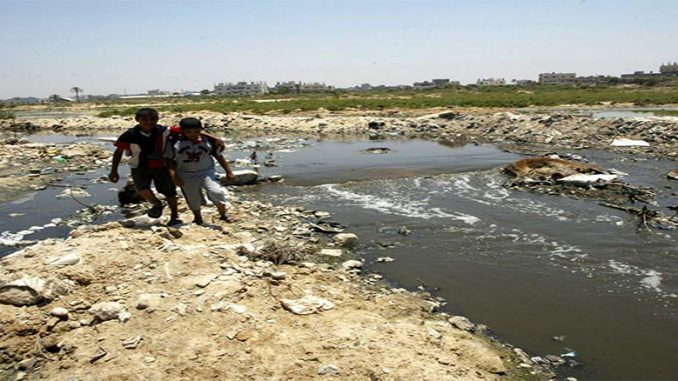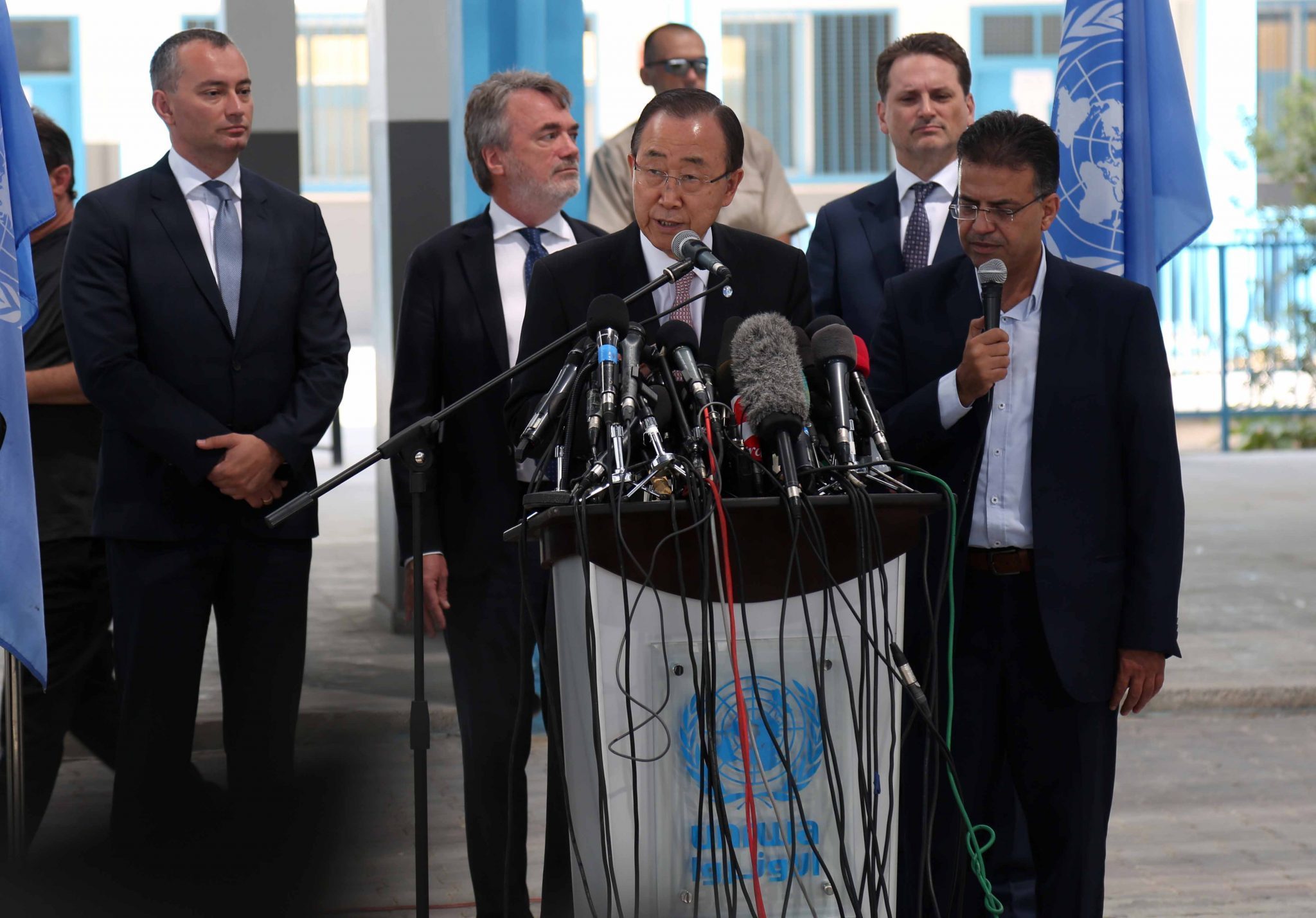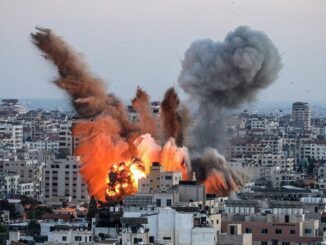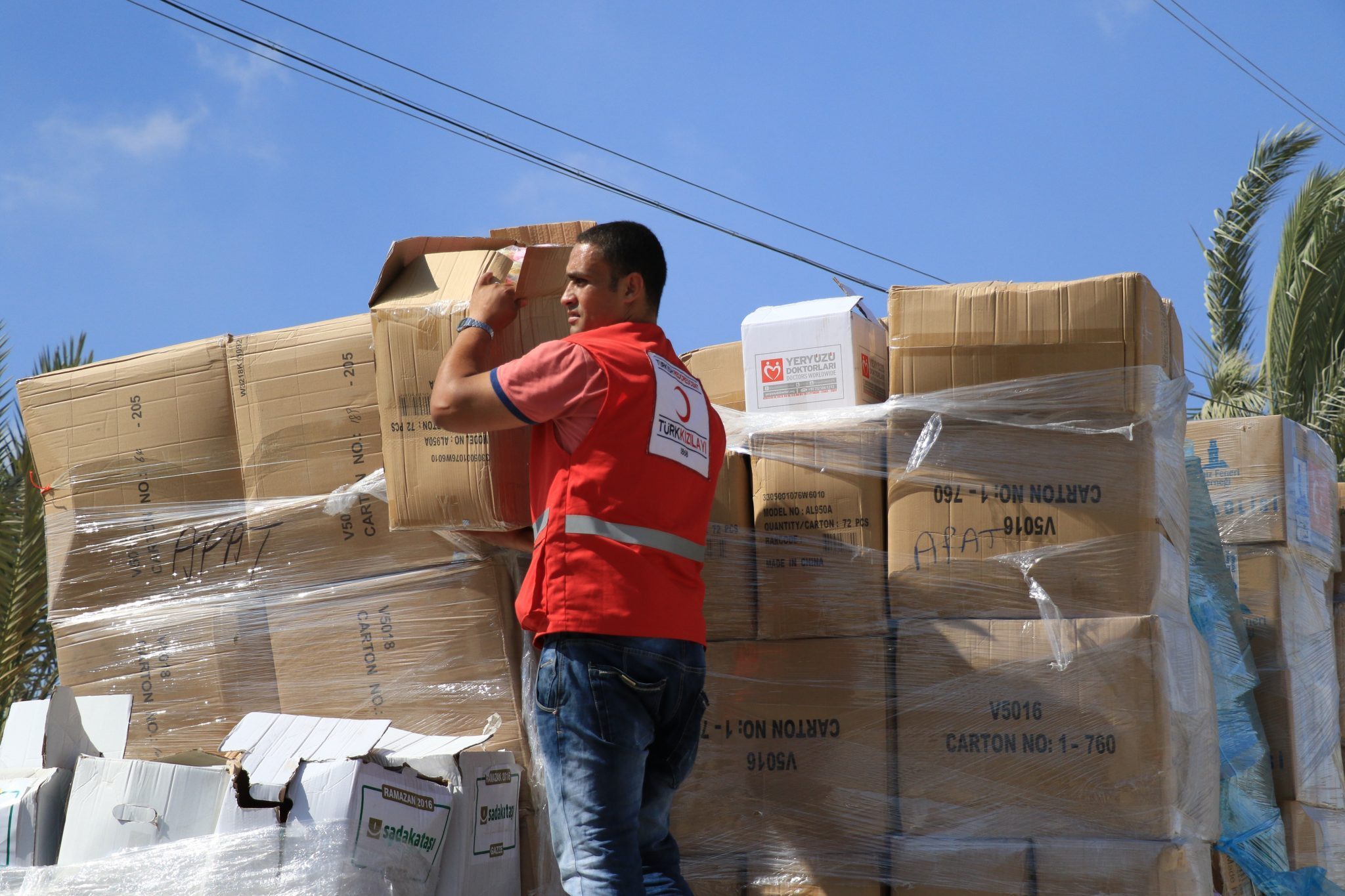
After Gaza’s sole power plant shutdown on Wednesday night, Gaza’s electricity company reported that the power supply in the besieged enclave has slightly improved after the power plant resumed its full capacity on Friday, while reports have emerged that 73 percent of beach waters off Gaza’s coast have become contaminated owing to the electricity crisis.
Director of public relations Muhammad Thabit told Ma’an on Saturday that 140 megawatts are now available in the Gaza Strip, as 70 megawatts were being supplied by Israel and the rest was being produced by Gaza’s power plant.
Thabit confirmed that the power plant resumed operations on Friday with all three turbines now functioning properly, though he pointed out that Gaza’s residents were still unable to feel the improvement of the power supply, as most are still only receiving four hours of electricity followed by 12-hours of power blackouts.
On Wednesday, it was reported that Gaza was attempting to function with just the 70 megawatts from Israel, after Israel reduced electricity supply to the besieged territory from 120 megawatts upon request of the Palestinian Authority (PA) three weeks ago.
The import of Egyptian fuel into the territory in recent weeks allowed Gaza’s power plant to resume operations following Israel’s gradual reduction of the impoverished enclave’s electricity supply and temporarily averted a full humanitarean collapse in the territory.
However, Gaza’s situation took a turn for the worse once again after the PA froze all bank transfers to Egypt that were paying for fuel used to operate the power plant, temporarily halting the shipment of fuel into the territory.
Thabit noted that the Egyptian power grids were still not functioning after becoming inoperable last week.
Meanwhile, following the closure of Gaza’s sewage treatment facility due to the electricity crisis, tests conducted in July in Gaza’s beach waters have shown that an astounding 73 percent of the beaches in the Mediterranean off the western coast of Gaza were contaminated, according to a Saturday statement from the beach water quality department in Gaza.
According to the tests, carried out by Gaza’s health ministry, only four beaches along Gaza’s coast were safe for swimming. The test showed that beaches in Rafah, al-Qarara, al-Zahraa, Gaza City, and Jabaliya are all completely contaminated and unsafe for swimming.
According to the department, the ongoing power crisis in Gaza is the main cause of the contamination, as 110 cubic meters of sewage water has been pumped into the sea without treatment owing to power shortages at Gaza’s waste treatment facilities.
The department also warned beach-goers of the serious dangers of swimming in contaminated waters, which, according to the World Health Organization (WHO) can cause inflammation to the respiratory system, eyes, ears, nasal cavities, and skin. Meanwhile, if swimmers swallow the contaminated water they risk developing infections in their digestive systems.
Last week, Israeli authorities were forced to close beaches in southern Israel after untreated sewage from the Gaza Strip polluted the surrounding Mediterranean waters.
At the start of the month, reports emerged that Israeli authorities were discussing the possibility of constructing a sewage pipeline for neighborhoods in northern Gaza to prevent sewage from polluting areas on the Israeli side of the border.
Both the Fatah-led PA, Israel, and Hamas, the de facto leaders in Gaza, have been slammed by the UN, rights groups, and other Palestinians in recent weeks for policies aimed at consolidating political control of the small Palestinian territory at the expense of Gaza’s two million residents, who have already suffered the disastrous effects of Israel’s decade-long siege.
Such policies, including the PA drastically reducing funding to Gaza’s medical sector and halting and delaying medical referrals needed for Palestinians to access life-saving treatment outside the territory, have compounded the humanitarian situation.
Reports have emerged that 16 Palestinians, including three newborns and a three-year-old girl, have so far died due to the lack of medical equipment and medicine in Gaza, and owing to the PA’s delays of medical referrals that patients in Gaza now depend on for their lives.
In 2012, the UN warned that Gaza could become uninhabitable by 2020 if current trends were not altered. However, a new report released this month by the UN said that “life for the average Palestinian in Gaza is getting more and more wretched,” and that for the majority of Gaza’s residents, the territory may already be unlivable.



